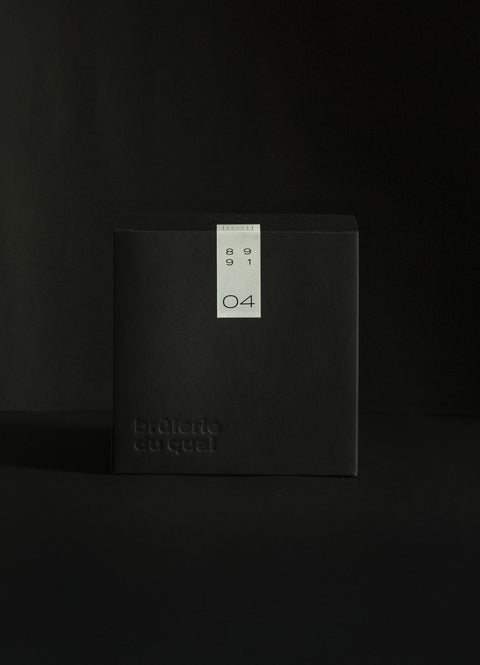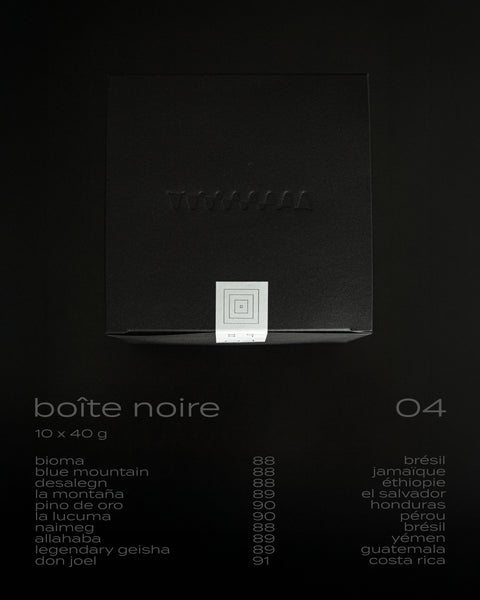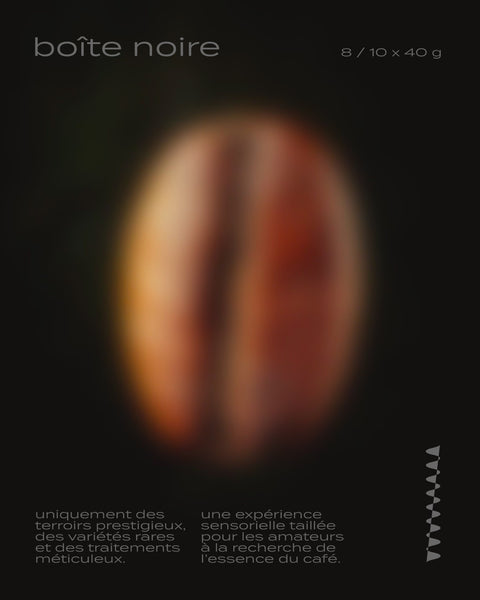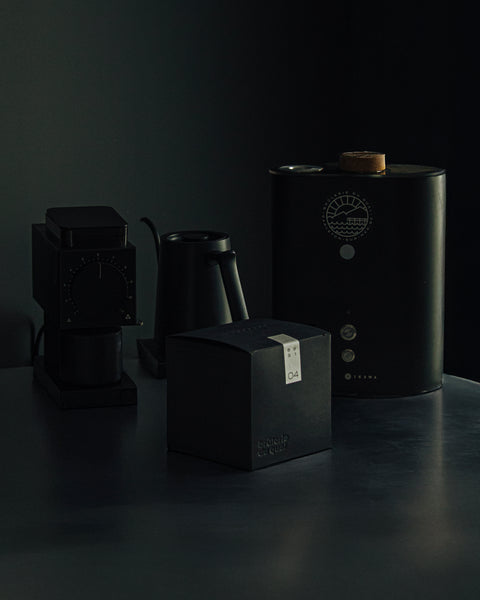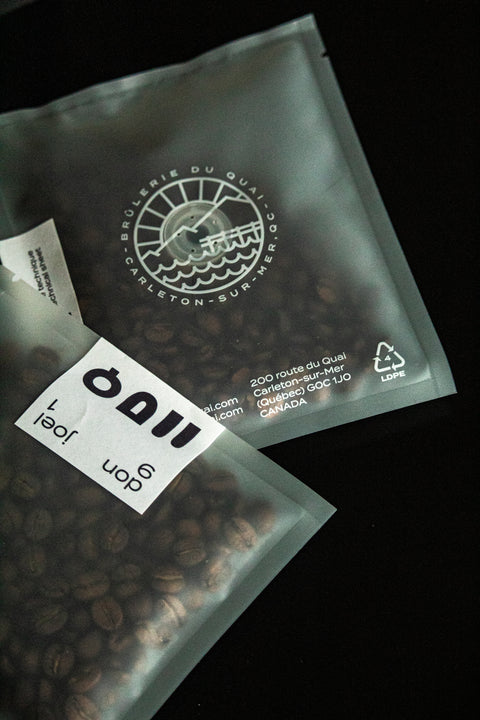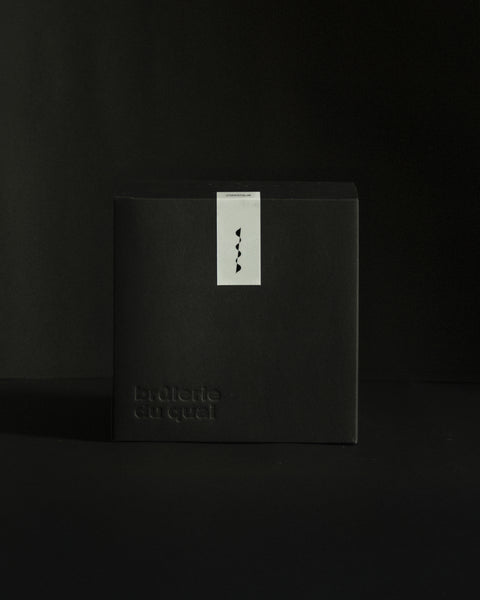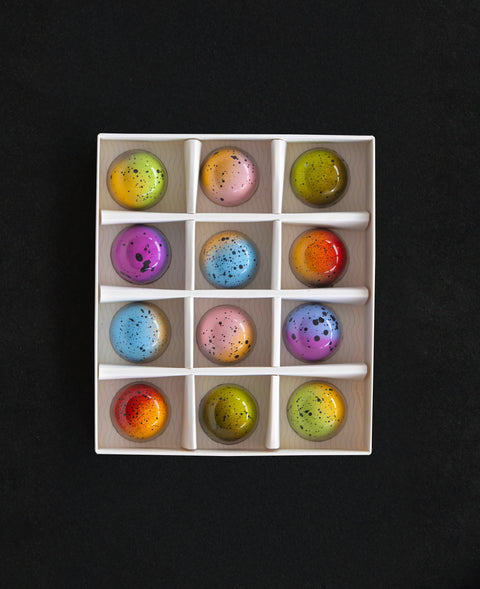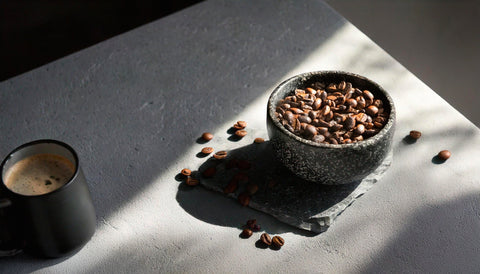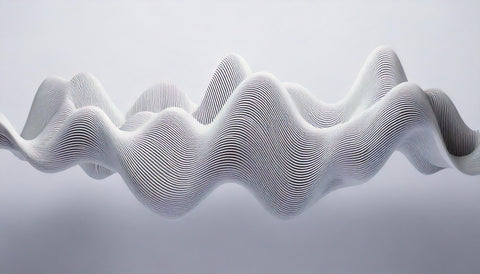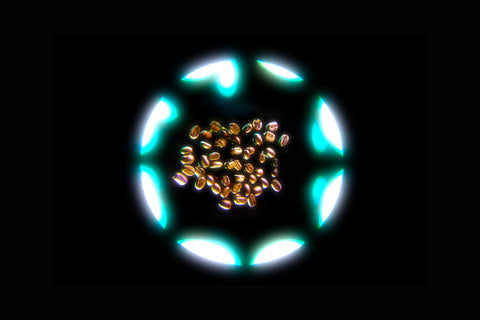Our mission : to discover and roast the best coffees possible while being environmentally conscious and transparent about the origins of the beans. We love coffee, but we love the planet and the beings that inhabit it even more.
conversations + discoveriesdive into our world
get 10% off by subscribing to our newsletter.
news
what's happening in the coffee world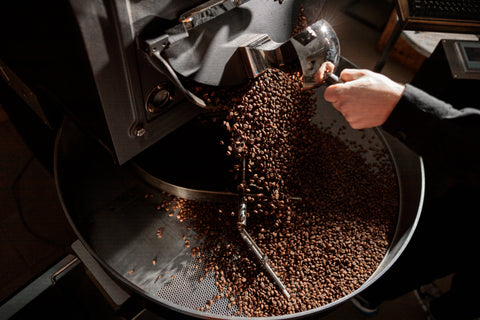
You've probably noticed or heard it: the price of coffee keeps increasing. I want to take a moment to explain why and how we are adapting our coffee offer and strategy at Brûlerie du Quai.

This year, we’ve refocused our mission: to stimulate your senses while creating a positive impact. What do you want to see in 2025?
let's have a chat!
attitude: 48.104
longitude: - 66.129
200 route du quai,
carleton-sur-mer, qc, canada
G0C 1J0



